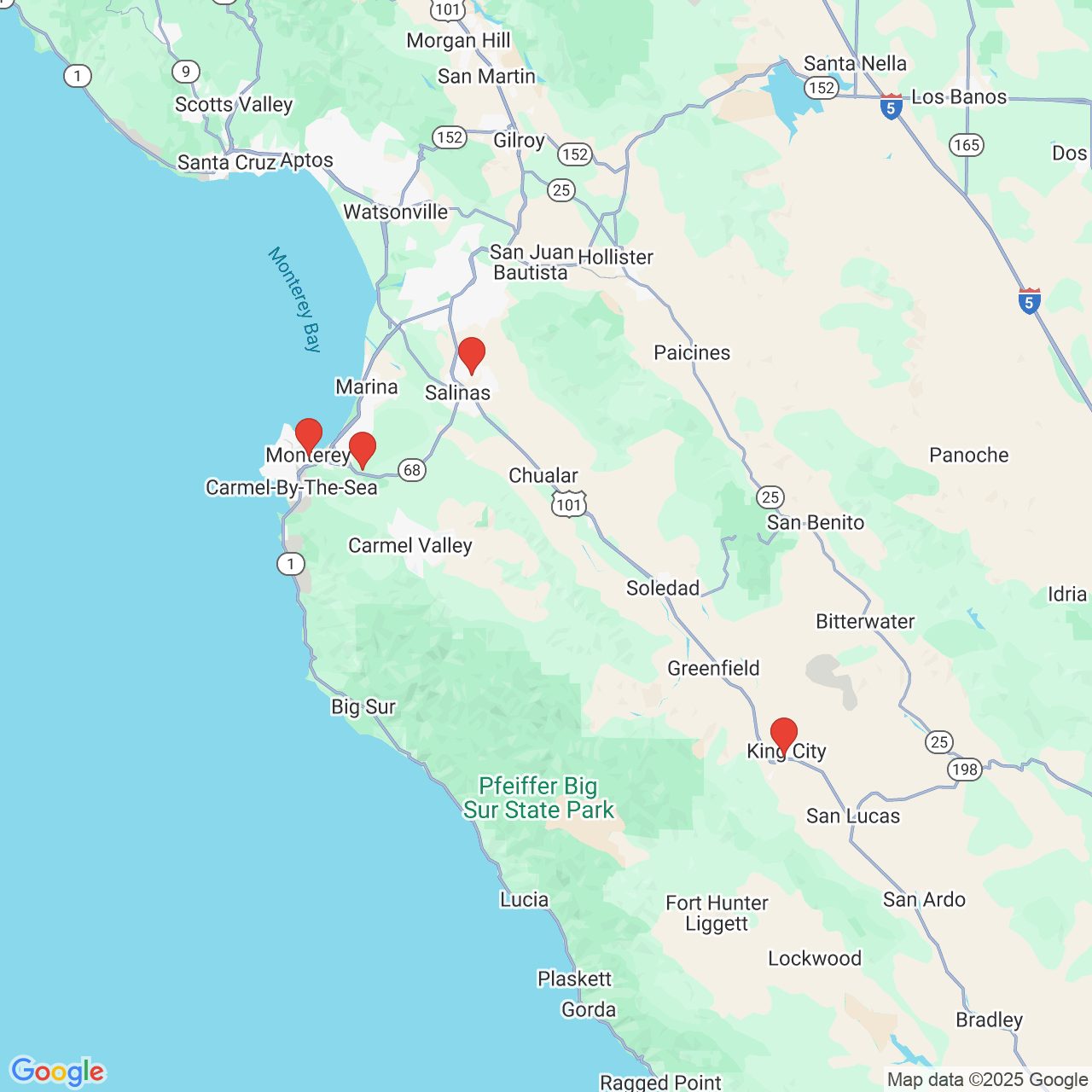Can Cataracts Interfere with Driving?
 Cataracts are one of the most common causes of vision loss among those aged 60 and older. Cataracts are clusters of proteins that build up on the natural lens of the eye. Most people start developing cataracts in their 40s, but they often do not experience noticeable side effects until cataracts become more advanced.
Cataracts are one of the most common causes of vision loss among those aged 60 and older. Cataracts are clusters of proteins that build up on the natural lens of the eye. Most people start developing cataracts in their 40s, but they often do not experience noticeable side effects until cataracts become more advanced.
As cataracts worsen, they make the lens of the eye appear clouded over, which leads to blurry vision. Cataracts can interfere with driving and other day-to-day functions. Here, eye care specialists from Monterey County Eye Associates, who serve Monterey, Salinas, and King City, CA, discuss how cataracts can impact driving, and what people can do to treat this eye disease.
Can I Still Drive if I Have Cataracts?
A cataract diagnosis alone does not legally warrant a person having their driver’s license taken away. All drivers have a duty of care to other drivers, cyclists, and pedestrians on the road. That means that they are expected to use their best judgment regarding whether or not they can safely drive with cataracts. If an accident occurs and it is the result of vision impairment, the impaired driver can be held accountable for all accident damages.
In the early stages of cataract development, most people can drive without experiencing any visual disturbances that would interfere with the safe operation of their vehicle. However, cataracts are a progressive condition and symptoms can change. Eventually, most people reach the point that they can no longer drive safely due to cataract symptoms. Driving is likely to be especially difficult at night, because many cataract symptoms affect contrast and light sensitivity.
Cataract Symptoms that Can Interfere with Driving
Cataracts can cause a wide range of symptoms. The type of symptoms that develop, and their severity, largely depend on the stage of cataract development. Advanced cataracts can cause many symptoms that can make driving unsafe, including:
- Generally blurred vision (like looking through a clouded lens or fogged up window)
- Fading or yellowing of colors
- Diminished contrast sensitivity
- Increased light sensitivity
- Glares or halos around light sources
- Poor night vision
- Double vision
Cataract Treatment
If cataracts have advanced to the point that they are interfering with driving and other daily functions, it is time to consider treatment. Currently, the only effective cataract treatment is surgery. Cataract surgery breaks up and removes the natural lens of the eye and replaces it with an intraocular lens, or IOL. An IOL is like a contact lens that is permanently affixed to the eye. IOLs can enhance close-up vision, distant vision, or both, so that many people recover from surgery without the need for any prescription eyewear. Cataract surgery is a safe and effective way to restore the vision so that individuals can drive safely and resume other routine activities.
Contact Us
As they advance, cataracts compromise the vision and interfere with daily functions, including driving. If you are suffering from cataracts and would like to learn more about treatment at Monterey County Eye Associates, our eye care specialists would be happy to meet with you. To schedule an appointment, send us a message online, or call (831) 372-1500.



